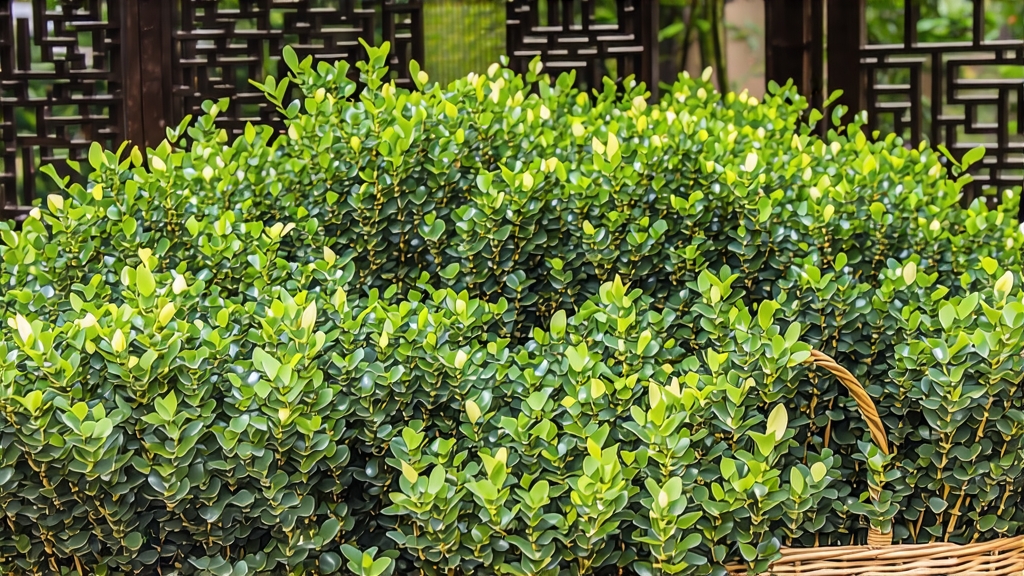
Tucked high on the mist-veiled shoulders of Mt. Meng in Sichuan Province, Meng Ding Huang Ya has been whispered about in Chinese tea texts since the Tang dynasty (618-907). Court chroniclers of the Song era (960-1279) already listed it among the “eight imperial tributes,” yet outside China this yellow tea remains almost mythic—rarer than the famed green Downy Tips of neighboring mountains and far less exported than pu-erh or dragon-well. To understand why, one must follow the leaf from ancient stone inscriptions to the modern micro-lots that leave the mountain in lacquered tins no larger than a palm.
History & Terroir
Mt. Meng, literally “Meng Summit,” rises 1,450 m above the Chengdu plain. Its slopes trap perennial cloud, giving 200 foggy days a year and an average leaf-growing temperature of 16 °C. The soil is a crumbly yellow loam rich in selenium and shredded bamboo roots; locals say the bamboo lends a subtle, fresh-reed sweetness to the tea. The earliest record of yellow tea processing here appears in 860 CE when the Buddhist monk Gan Lu (“Sweet Dew”) transplanted wild tea shrubs into temple gardens, inventing a slow “sealed yellowing” step that turned the usual green into something rounder, more nectar-like. By the Ming dynasty the buds were packed in silk, couriered 1,800 km to Beijing along the “Tea Horse Road” spur, arriving still fragrant after a month’s ride.
Pluck Standard
Meng Ding Huang Ya is made only from the unopened bud and its half-open neighbor, picked before the Qingming festival when each shoot still wears a pale down. Experienced pickers finish before 9 a.m.; any later, the mountain sun strengthens, raising leaf temperature and shortening the critical withering window. A kilogram of finished tea demands roughly 42,000 buds—more labor than silver-needle white tea because the Sichuan cultivar (Camellia sinensis var. sinensis cv. Meng Ding Qun Ti) is smaller.
Crafting the Yellow
The craft is distilled into nine Chinese characters: 杀青 (kill-green), 摊凉 (cool-spread), 初包 (first wrap), 复炒 (re-fry), 复包 (re-wrap), 三炒 (third fry), 摊放 (rest), 干燥 (dry), 筛选 (sort). Each step is tiny, but deviation by minutes collapses the style.
- Kill-green: 180 °C wok, 4 min, 200 g per batch. The goal is to halt oxidation yet keep 8 % internal moisture so the leaf remains pliable for the hallmark “yellowing.”
- Cool-spread: thin layer on bamboo trays for 20 min; leaf temperature drops to 35 °C.
- First wrap: the crucial yellowing moment. Buds are piled 3 cm thick inside double-layered yellow kraft paper, then covered with a hemp cloth. Enzymatic respiration raises the pile to 45 °C over 50 min; chlorophyll degrades, polyphenols polymerize, and a light maillard note appears.
- Re-fry: 120 °C, 3 min, driving moisture down to 50 %.
- Re-wrap: identical to step 3 but only 40 min; aroma turns from grassy to toasted soybean.
- Third fry: 100 °C, 2 min; leaf is now tawny yellow, moisture ~30 %.
- Rest: 24 h on pine shelves so internal moisture equalizes.
- Drying: charcoal-basket baking at 60 °C for two hours, final moisture 5 %.
- Sorting: graders roll the finished tea down a slotted bamboo chute; only the straight, golden-yellow buds that pass through the “imperial gauge” (a 2.5 cm slot) are stamped Meng Ding Huang Ya.
Chemical Signature
High-performance liquid chromatography done at the Sichuan Tea Research Institute shows the sealed yellowing doubles the theaflavin-to-chlorophyll ratio compared with green teas from the same garden. The result is a liquor that tastes less astringent yet maintains amino depth: L-theanine 2.8 %, EGCG 6.1 %, caffeine 3.4 %, giving a calm, sustained focus much valued by monks who once prepared it before 4 a.m. sutra chanting.
Grades & N